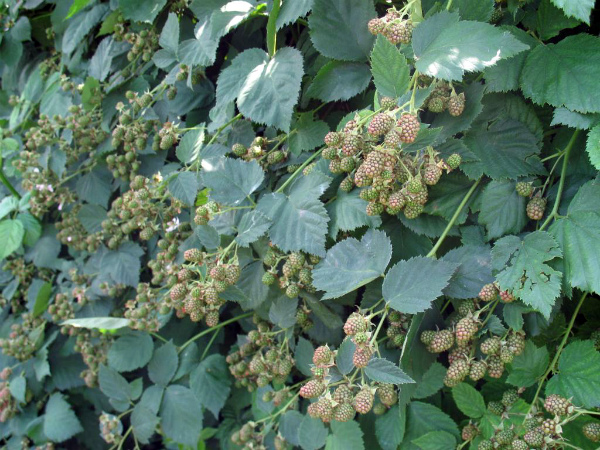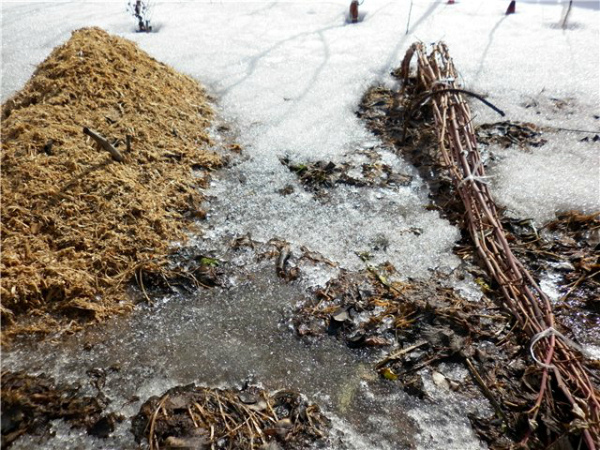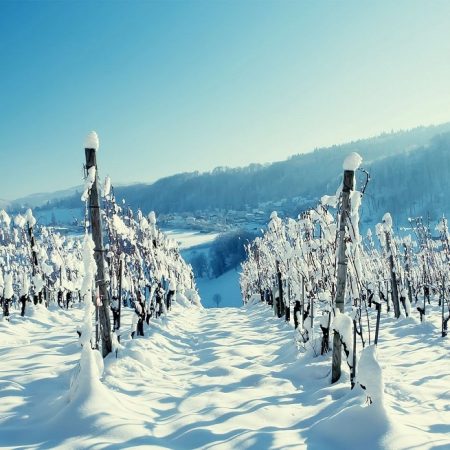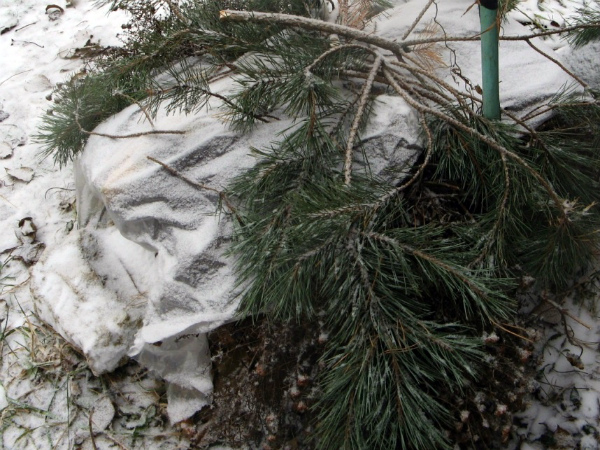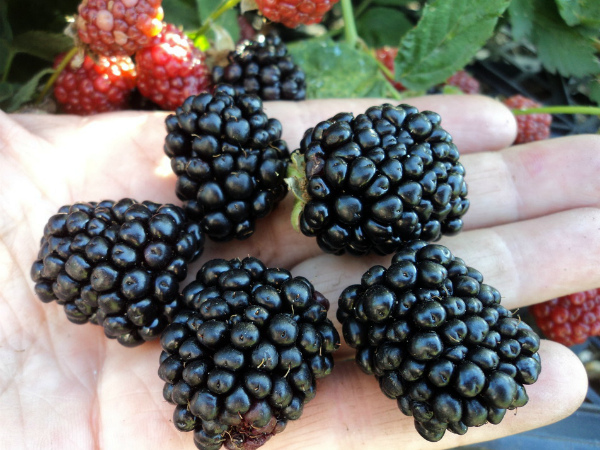Description of the blackberry variety Loch Ness: all about the sweet berry
Content
Features of the variety
The Loch Ness variety has been deservedly awarded by the Royal Society of Gardeners of Britain for a whole set of positive characteristics and qualities. The berries of this variety are really beautiful in appearance - they are large (5–10 g), regular, leveled shape, shiny surface, color at technical maturity is black, with a slight bluish tinge. The pulp is quite juicy, but dense, sweet, slightly tart taste, with a pronounced blackberry aroma. Some gardeners note a certain sourness in the taste, but this is typical only for berries in technical ripeness - when fully ripe, they are very sugary.
One of the reasons why the cultivation of Loch Ness blackberries is practiced on an industrial scale is the high productivity of the variety. On average, the yield per bush is 15 kg, but experienced domestic and foreign gardeners claim that with proper care, an adult bush is capable of a great return - 25-30 kg. The berries are perfectly transported, they do not lose their presentation for a long time, which makes it possible to grow the variety for commercial purposes.
Lochness blackberry description: refers to mid-season varieties - berries ripen in mid-August, but in some regions it is possible 1-2 weeks later. They do not ripen at the same time, so the harvest will take 4-6 weeks. Since the blackberries of this variety are thornless, and the berries are collected in multiple clusters, the harvest is quick and easy.
The Loch Ness variety is characterized by a semi-creeping form of shoots. The bushes are compact, but often thickened due to the intensive growth of shoots. The branches are smooth (without thorns), over 4 m in height, up to half erect, and creeping in the upper part. This feature requires the installation of vertical trellises, but many gardeners, thanks to timely pruning, do without supports.
The culture is undemanding to conditions - it can grow and bear fruit on any soil. If the root system of the mother bush is damaged, root shoots grow quickly. Fruiting begins in the second year of life. It propagates mainly by rooting the tops, gives a large number of replacement shoots, is characterized by a high degree of survival of seedlings. The bushes are highly resistant to diseases and relatively high winter hardiness. At a temperature of -17–20 ° C, plants can hibernate without shelter, but risk-taking is not recommended.
Video "Blackberry garden Loch Ness"
This video will give an introduction to the Loch Ness blackberry variety, its features and benefits.
How to grow properly
Agrotechnics of the Loch Ness variety is similar to the cultivation of any semi-solid blackberry, and includes the following points:
- Planting of seedlings is carried out in holes at a distance of 2–2.5 m with a row spacing of 2.5–3 m.For a small farm planting, compaction of up to 2 m between rows is permissible; for mechanized processing of plantings, the distance between rows should be at least 3 m.
- The aisles must be mulched with any organic mulch (straw, peat, sawdust). This is necessary to protect the soil from drying out, weed germination, as well as to preserve the properties and structure of the soil. Nowadays, agro-fabric is very popular with gardeners - it is a woven ground covering, which is used in horticulture and horticulture instead of mulch.
- As already noted, in most cases, the Loch Ness blackberry needs a garter to the trellis. In this case, it is recommended to direct the lashes along the wire in a zigzag manner, braiding around. For this variety, trellis with a height of 2.5 m are sufficient, however, you need to understand that the height of the trellis should not exceed the width of the row spacings, since such a design will shade the adjacent row.
- The easiest way to propagate blackberries is by dropping the tops of the shoots. To do this, the branch is tilted, the upper part of the shoot is fixed and sprinkled with earth. The top is cut off before the shoot takes root. Reproduction by cuttings is no less successful, however, according to experienced specialists, there is a danger that the new plant will have thorns. It is quite difficult to grow a bush from seeds, so this method is rarely used.
- As for pruning, its appropriateness must be judged by the situation. On the one hand, the lateral branch is already sufficient, moreover, pruning in thickened bushes is not so easy. On the other hand, shortening young shoots will lead to an increase in the size and quality of berries next year. In general, you need to look at the state of the bush - if there are a lot of overgrowths, then the weakest one needs to be removed, and the strong shoots should be shortened. Autumn pruning is a must, since after it the plants are easier to cover for the winter.
As for the planting itself, the blackberry loch ness prefers an even, without pits and depressions, a site illuminated by the sun for most of the day. For planting seedlings, a planting hole is dug 40x40 cm in size, on the bottom of which a mixture of fertilizers is laid: compost or humus (5 kg), potassium salt (50 g) and superphosphate (100 g). All fertilizers are mixed with the ground, after which a young plant is planted in this mixture. Planting is carried out in early spring.
In the year of planting, the young bush is not fertilized, but only periodically watered and loosened the soil in the aisles, if there is no mulch.
From the second year, the bush needs standard care measures:
- garter for trellises;
- the introduction of potash and nitrogen fertilizers in the spring - feeding is carried out from 3-4 years of life of the bush;
- formative pruning - for this variety, preferably two pruning: autumn, preparatory for winter, and spring (in May, the tops of the shoots should be shortened by 15–20 cm to stimulate flowering);
- shelter for the winter.
Preparing for frost
As mentioned above, blackberries need to be covered for the winter. Of course, the variety has good winter hardiness, but since the climate in most regions of Russia is characterized by severe winters with temperatures below -20 ° C, and a sharp change in weather, then you should not risk it. Preparing for winter involves not only shelter, but also proper formative pruning.
In autumn, all the shoots that have borne fruit in the current year should be removed - they are no longer needed, since the blackberry has a two-year development cycle: in the first year, young shoots grow, and in the second they bear fruit, and this is where their useful function ends. Therefore, all old shoots are rooted without regret. Next, you need to remove some of the young, but the weakest shoots, leaving 7–8 of the most powerful ones - they will be harvested next year.
Having freed the bushes from unnecessary branches, you can proceed to the shelter. Covering, however, and pruning half-creeping blackberries is not easy, but it is necessary to do it.There are two possible ways to hide bushes for the winter: removing from the trellises, and sheltering with them. The first method is acceptable if the bush is not very thickened and the shoots can be removed. In this case, they are folded into a circle (like a wire is wound), after which they are placed on a board or straw, treated with copper sulfate from possible pests and diseases, and then sprinkled with a thick layer of mulch.
In the second case, if the shoots are difficult to remove from the support, or they break, a shelter along with a trellis is practiced. For this, the structure is removed and placed on the ground together with the plant. Shoot processing and shelter are carried out as in the first method. Peat, straw, sawdust, dry tops of garden crops, dry foliage of non-fruit trees can be used as mulch - the leaves of fruit crops can contain pest larvae and fungal spores.
For winters with temperatures of -20–25 ° C, only organic mulch cover is sufficient. For a more severe climate, the bushes are additionally covered with agrofibre, film, roofing felt or other dense material.
In order for the blackberries to winter easier, it is recommended to stop watering immediately after the end of the harvest.
Beneficial features
The beneficial properties of blackberries have been known since ancient times, when there were no cultivated varieties of berries, but they were harvested exclusively in natural conditions - in the forest. Even then, traditional healers used the plant to treat diseases such as:
- anemia;
- metabolic disease;
- hypertension;
- pathology of the genitourinary system;
- gout.
Fresh blackberries have a very diverse chemical composition, due to which, with regular consumption, they have the following effects on the body:
- support the heart, strengthen the heart muscle, reduce the likelihood of developing attacks, heart attacks;
- strengthen and cleanse blood vessels, lower blood pressure;
- relieve inflammatory processes in internal organs, especially the genitourinary system;
- promote the production of bile, accelerate its outflow along the biliary tract, remove stones;
- fight free radicals, cancer cells, prevent the aging of healthy cells;
- restore blood cells, improve its composition and blood circulation;
- normalize digestion and work of the gastrointestinal tract;
- have antipyretic and antiviral effects;
- prevent nervous and psychosomatic diseases.
The vitamin composition of Loch Ness blackberries is represented by vitamins C, A, PP (niacin), E, thiamine and riboflavin (group B), as well as beta-carotene. The tart sour taste is due to the presence of several types of organic acids (malic, tartaric, salicylic, citric). The pulp also contains phenols, tannins and glycosides.
The main value of blackberries is in high antioxidant properties, thanks to which it rejuvenates the body, restores and strengthens it after serious illnesses.
Video "Preparing blackberries for winter"
From this video, you will learn what is the preparation of a blackberry bush for winter, what needs to be done in the fall so that the plant quickly recovers, blooms annually and fructifies abundantly.


